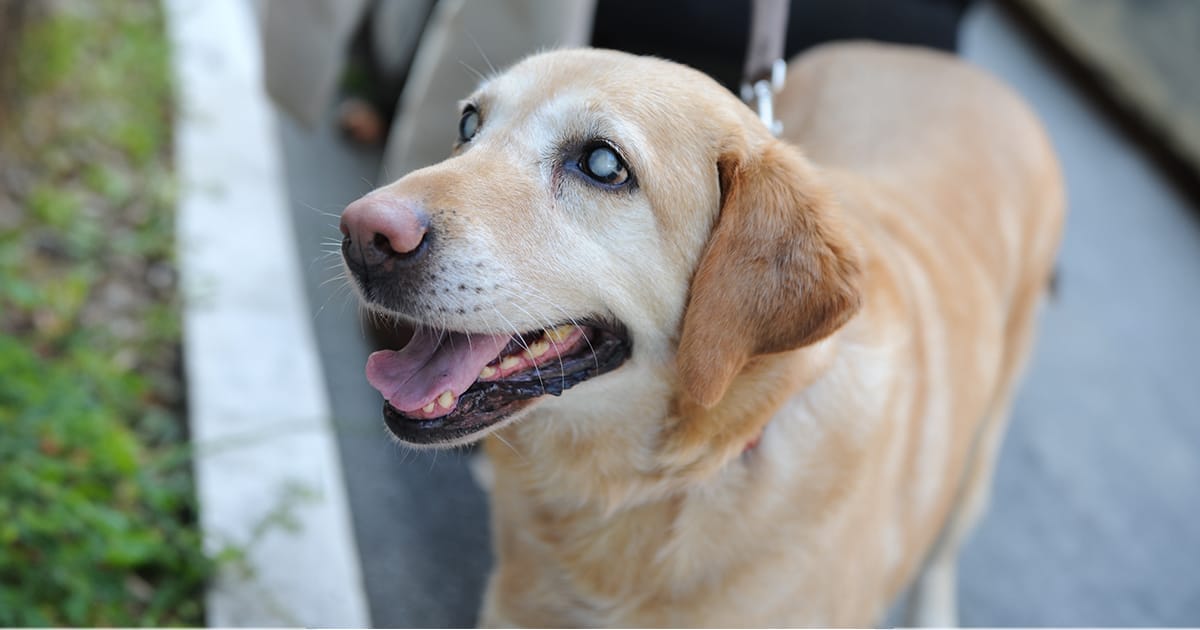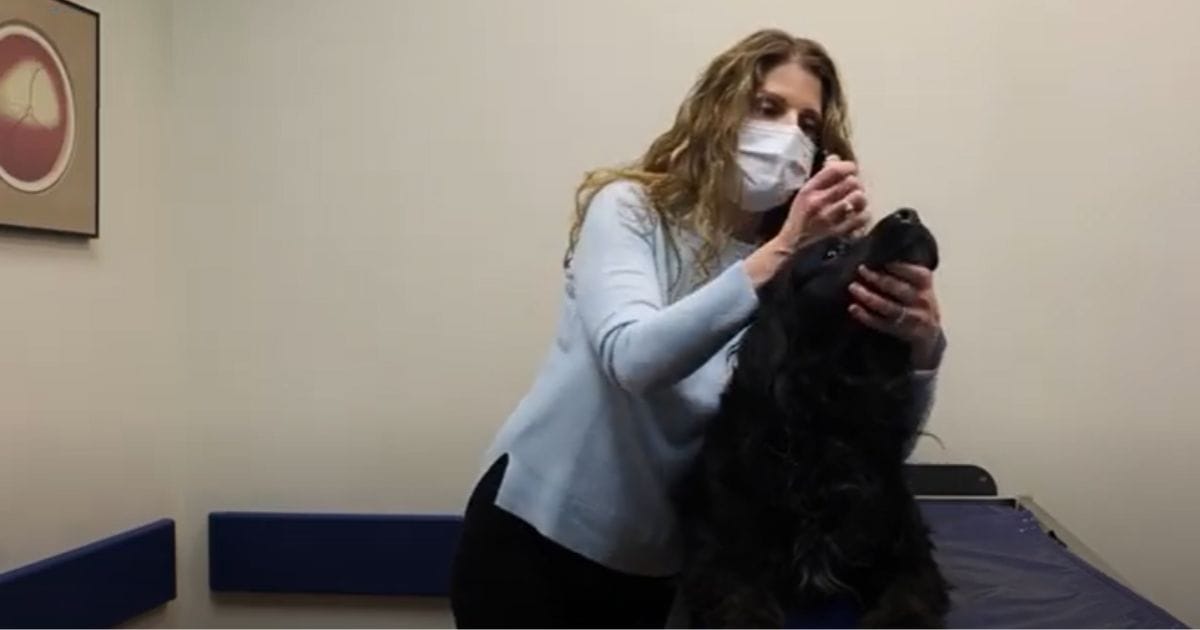Everything You Need to Know About Tear Staining in Dogs
Tear staining in dogs, a red/brown discoloration in the corner of their eyes, is common and can be simply and safely treated at home.
If you research the phrase “tear staining” online, you’ll find numerous products, ideas, and suggestions on how to prevent or fix this common problem in dogs. The fact that there are so many products available indicates that there is not one magic treatment or approach that works for every dog. However, we will share some of the most effective ways to address it below.
What is Tear Staining?
When you look in the corner of a dog’s eyes, you may notice a red/brown discoloration in their tears. This comes from porphyrin, iron-containing molecules produced by the body when it breaks down iron. Porphyrins are excreted through the gastrointestinal tract, urine, saliva, and tears. All dogs have some porphyrin in their tears, but some have more, and the staining is more noticeable, especially in white or light-colored dogs.
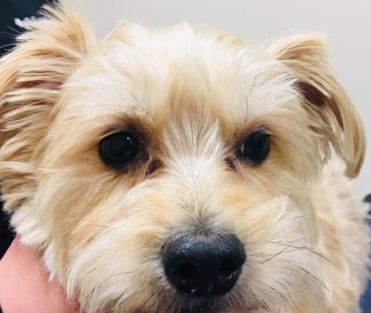
Figure 1. Tear staining in a middle-aged dog.
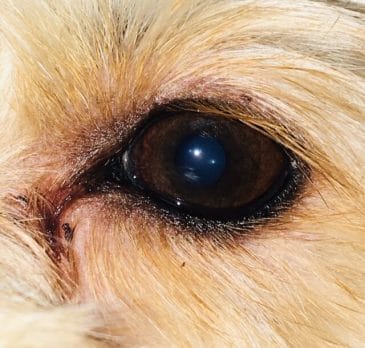
Figure 2. Tear staining in a middle-aged dog.
What Causes Tear Staining in Dogs?
A common misconception about tear staining is that it is due to excessive tear production. In fact, most dogs with tear staining have normal tear production and do not have an underlying ocular issue. Most dogs have a normal variation in their eyelid opening that causes tears to drain onto their face rather than draining down the tear ducts.
How to Safely Treat Tear Staining in Dogs
There are several simple ways to treat dogs for tear staining:
- Keep the hair around your dog’s eyes and nose as short as possible.
- Keep your dog’s face clean and dry. You can use a warm washcloth and baby shampoo to gently clean the face and around the eyes. After washing the face, always dry the area with a clean towel to prevent ulcerative dermatitis secondary to wet skin. There are also many types of eyelid and cleaning pads available for use. In addition, contact lens solution can be used to clean around the eyes, but be careful not to get it into the eyes. The boric acid in the contact solution oxidizes the iron in the porphyrins and may lighten the staining.
- Tylosin-containing products claim to treat or prevent tear staining, but its effect is unpredictable and does not always produce results. Because tylosin is an antibiotic, there is controversy in using it for cosmetic purposes due to possible drug resistance. In addition, over-the-counter products with tylosin in them are not advisable because it’s uncertain how much tylosin is in the product.
- Consider giving your dog probiotics as they may decrease tear staining.
Although tear staining is common in many dogs, have your veterinarian evaluate your pet to ensure there is not an underlying eye issue that needs treatment. This is particularly important if the eyes appear red, inflamed, or irritated. Your veterinarian may refer you to a veterinary ophthalmologist for a thorough examination of your dog’s eyes.
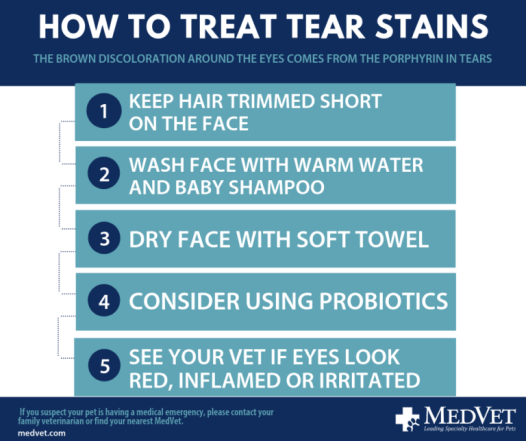
FAQs
Contents

